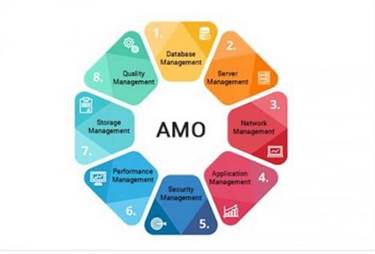Content
Any issue missed during the requirement analysis and caught at Unit testing can cost tens of thousands of dollars to any organization. It could lead to millions of dollars if it comes from the market as a callback (in 2017, the USA had charged airbag manufacturer Takata a fine of $1Billion due to exploding airbags). A possible remedial measure is to follow the Agile method of software development, following use cases that the customer provides.

A gap analysis is a technique to help identify the differences between the current state and the future desired state. This method is useful for business processes or software development projects. Energy should be directed towards ensuring that the final system or product conforms to client needs rather than attempting to mold user expectations to fit the requirements. Also known as need analysis, need assessment, or need-gap analysis, this technique helps analyze software application performance gaps to verify if business requirements are successfully met.
Also, these design decisions should be driven by requirements data and evaluated. In Level 2, page design standards, a second set of standards for the Website is generated for visually presenting and interacting with page content. This new set of standards is designed in the context of both the information architecture and the conceptual model design standards that have already been generated and validated. Third, the navigational structure (i.e., requirement phase information architecture) is platform independent, whereas visual and behavioral design options will depend very much on the chosen platform. For example, a given information architecture may specify a hierarchical menu structure of categories and subcategories of products. While it may seem difficult at first to separate navigational/structural issues from visual design issues, it is productive to learn to do so for at least three reasons.

“Therefore, it is critical to have the correct stakeholders involved during this period to identify the customer’s needs, understand the feasibility, and evaluate the technical conditions to support the implementation. Lastly, the requirements help cultivate the acceptance criteria,” White notes. The purpose of requirements analysis is to collect the information necessary to design a product to meet the needs of stakeholders.
In requirements analysis, Gantt charts help with coordinating, planning, and tracking project tasks. The horizontal axis lists the time allotted for the given task and the person or team performing the functions. Gantt charts give a visual representation of the project’s schedule and resources needed. BPMN is based on a flowchart technique like activity diagrams from Unified Modeling Language .

Develop Smart BFSI solutions to enable secure transactions, get real-time insights and personalized services. A Smart Contract is an application of Blockchain, a technology that is unlocking the potential of business value. Mobile Applications are changing, and with time, they are getting smarter. With the integration of Artificial Intelligence and Machine Learning we can utilize the full potential of how we analyse the user information and behavior.
System and component technical documentation describes the characteristics, parts, and the like of the complete set of equipment that makes up the design. Maintenance procedures describe both the periodic preventive maintenance actions needed to keep the system running properly and their scheduled performance. Casualty procedures describe the abnormal procedures to follow when system faults occur. The testing of systems prior to implementation is critical to the success of any systems acquisition or development; however, often not enough time is allocated to this critical phase of the development cycle.

Without clarity between the analyst and stakeholders, the project will likely fail. Analysis of the requirement is critical to the success of a development project. Requirements must be actionable, measurable, testable, related to identified business needs or opportunities, and defined to a level of detail sufficient for system design. Requirements tracing is a process of documenting the links between the requirements and the work products developed to implement and verify those requirements. The RTM captures all the requirements at the Requirement Analysis along with their traceability in a single document. The QA team identifies the scope of testing at high levels and divides into various functional modules.
The Project Manager with extensive input from the Agency CIO and Business Owner develops the TMP which documents the testing of all aspects of the system. Defining the test plans this early in the life cycle allows teams, project stakeholders, and agency management to obtain a more accurate https://globalcloudteam.com/ understanding of the effort and schedule required to ensure system quality. The entry criteria define all the prerequisites to be completed to start a test phase. The quality assurance professionals have sound functional knowledge of the product/application/ software developed.
The completion of Requirements Analysis is signified by a presentation of the FRD to the Customer and the Designers. Testing Lead– The Testing Lead is involved during this activity to ensure that the requirements identified by the BA and accepted by the customer are measurable and that IT has the resources to complete adequate testing. Having the Testing Lead involved at this step allows for proper scheduling and preparation for the various stages of testing that occur during the SDLC. Role-activity diagram is a role-oriented process model that represents role-activity diagrams. Role activity diagrams are a high-level view that captures the dynamics and role structure of an organization.
She is well-versed on AI & Machine Learning, Big data, IoT, Blockchain, STLC, Java, Python, Apache technologies, Databases. The sequence of the phases can be one after another or some phases can run parallelly. Once the STLC is successful, only then the application or the product can be installed or deployed. Once the requirements are identified and specified, they should be categorized into functional and non-functional tests. The Smartsheet platform makes it easy to plan, capture, manage, and report on work from anywhere, helping your team be more effective and get more done.